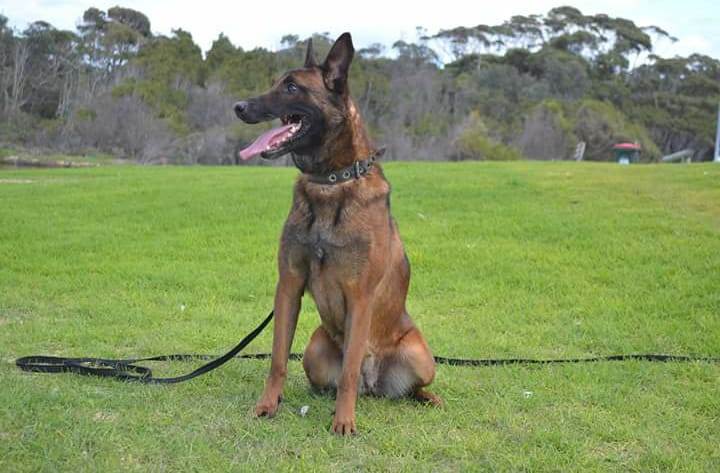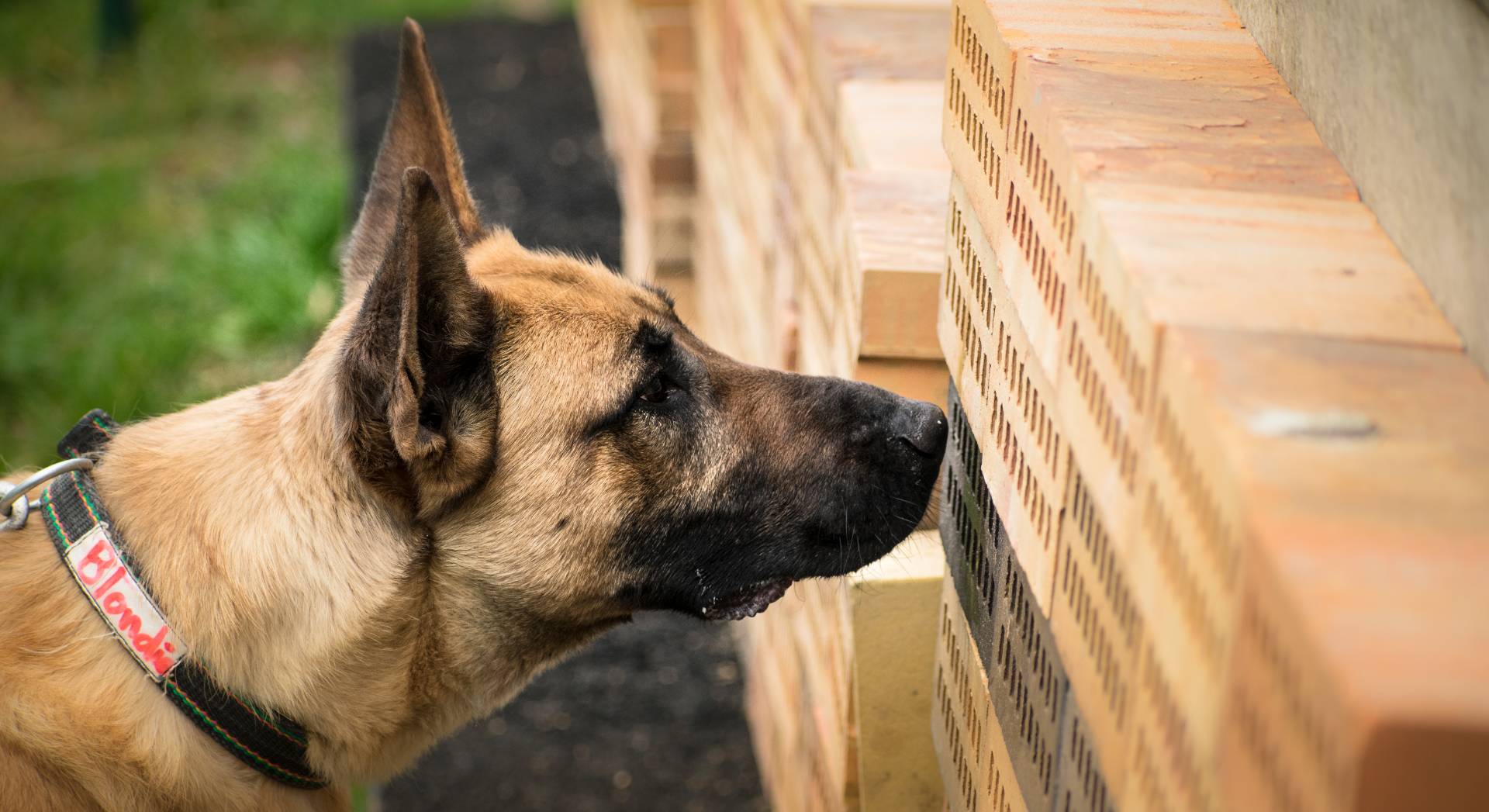Belgian Malinois Training Methods: Unlocking the Full Potential of a Working Dog
Summary:
The Belgian Malinois is an exceptional working dog known for its intelligence, energy, and versatility. Whether as police dogs, military K9s, or family companions, proper training is essential to harness the breed’s potential. In this article, we will delve into effective Belgian Malinois training methods, highlighting key techniques for obedience, socialization, agility, and specialized tasks such as protection work. Understanding these training methods is vital for anyone looking to work with or own this breed. Early, consistent training is crucial to ensuring a well-balanced, obedient, and happy Belgian Malinois.
Why Training is Essential for Belgian Malinois
Belgian Malinois are incredibly smart, high-energy dogs with a strong work drive. Without proper training, this combination of traits can lead to behavioral issues, making them difficult to manage, especially in a household setting. Effective Belgian Malinois training methods help channel their energy into positive, productive tasks while maintaining discipline and obedience.
Given the breed’s common use in police, military, and protection roles, Malinois have a reputation for excelling in complex tasks. But whether the dog is being trained for professional work or as a family pet, early and structured training is crucial to developing a well-rounded and stable dog.
Understanding the Belgian Malinois Temperament
Before diving into specific Belgian Malinois training methods, it’s important to understand the temperament of this breed. Belgian Malinois are often compared to German Shepherds but tend to be more intense, energetic, and quicker to react. They are known for:
- High Intelligence: They learn commands quickly and enjoy mentally stimulating activities.
- High Energy Levels: Belgian Malinois need plenty of exercise and activities to prevent boredom.
- Strong Work Drive: Their desire to work and complete tasks is ingrained in their DNA.
- Protective Instincts: They are loyal and protective, making them excellent guard dogs.
- Sensitivity to Training: They respond well to positive reinforcement and consistency, but harsh training methods can negatively impact their behavior.
To successfully train a Belgian Malinois, you must adopt methods that take these traits into account. They require not just physical activity but also mental challenges to stay happy and healthy.
Early Socialization and Basic Obedience Training
One of the foundational Belgian Malinois training methods is early socialization. Socializing a Malinois from a young age helps prevent fear, aggression, or anxiety toward new people, environments, and other animals.
1. Start Early: The Importance of Puppy Socialization
The first step in Belgian Malinois training is to start as early as possible. Ideally, socialization should begin between 8 and 16 weeks of age. Introduce your puppy to a variety of people, sights, sounds, and experiences during this critical window. This will help them develop into a confident, well-adjusted adult dog.
- Expose them to new environments: Take your Malinois to parks, urban areas, and even quiet rural settings.
- Introduce them to different types of people: Ensure your puppy meets adults, children, and other dogs. This builds comfort and reduces reactivity in social settings.
- Desensitize them to common sounds: Expose your puppy to loud noises such as traffic, vacuum cleaners, and thunder in a controlled way to reduce sensitivity.
2. Basic Obedience Commands
Once your Belgian Malinois has become comfortable with their surroundings, you can begin basic obedience training. Teaching commands like “sit,” “stay,” “come,” and “down” are essential to their training.
- Start with simple commands: Begin with easy commands like “sit” or “down.” Belgian Malinois are fast learners, so they should pick these up quickly.
- Use positive reinforcement: Always reward your dog when they perform a task correctly. Rewards can be treats, praise, or a favorite toy. Avoid harsh corrections or punishments, as these can create fear and reduce the dog’s willingness to learn.
- Consistency is key: It’s essential to be consistent with commands and expectations. If you allow a behavior sometimes but not others, the dog will become confused.
Advanced Belgian Malinois Training Methods
Once your dog has mastered basic obedience, you can move on to more advanced Belgian Malinois training methods. At this stage, training will depend on the specific role you want the dog to fill, whether it’s for protection, agility, or just more complex obedience tasks.
1. Protection Training
Protection work is one of the primary jobs for which Belgian Malinois are known. Many people associate them with police and military tasks, but they can also be trained as personal protection dogs. However, it’s crucial to emphasize that this type of training requires a professional trainer, especially for bite work and attack commands.
- Teach controlled aggression: Training a Malinois for protection work means teaching the dog to recognize real threats while remaining calm in non-threatening situations. They must only engage when commanded to do so.
- Bite Training: This training involves teaching the dog to bite and hold on command. A professional trainer will use bite sleeves and decoys to train the dog. It’s important to ensure the dog doesn’t develop aggressive tendencies outside of commands.
- Obedience during protection work: The key to successful protection training is that the dog remains obedient throughout. The dog should always be in control and never attack without a clear command.
2. Agility Training
Another critical aspect of Belgian Malinois training methods is agility training. These dogs are incredibly agile, with the ability to jump, climb, and maneuver through complex environments.
- Start with an obstacle course: Setting up an agility course with jumps, tunnels, and ramps will allow your dog to use their natural abilities. This can be a fun and mentally stimulating way to engage them.
- Incorporate basic commands: Integrate obedience commands like “sit,” “stay,” and “down” into agility work to maintain discipline.
- Focus on speed and precision: Belgian Malinois excel in agility competitions because of their speed and ability to take commands while moving quickly.
3. Scent Work and Detection Training
Belgian Malinois are often used in police and military work for detection tasks, including sniffing out drugs, explosives, or even finding missing persons. Scent work is a highly stimulating activity for these dogs.
- Introduce scent-based games: You can start by playing scent-based games where the dog has to find a hidden treat or toy. This helps engage their powerful sense of smell.
- Use specific commands: Once the dog is comfortable with basic scent games, introduce commands that correspond to different scents.
- Consistency and patience: Detection training takes time, so it’s important to be patient and keep training sessions short and engaging.
Positive Reinforcement: The Foundation of Belgian Malinois Training Methods
Across all levels of training, positive reinforcement is key. This means rewarding good behavior with treats, praise, or play. Belgian Malinois respond exceptionally well to rewards and encouragement. Using positive reinforcement ensures that the dog enjoys training and remains motivated to perform tasks.
1. Avoiding Negative Reinforcement
Belgian Malinois are sensitive dogs and can develop behavioral issues if exposed to harsh training techniques or punishment. Negative reinforcement, such as shouting or physical correction, can result in fear, anxiety, and even aggression. Instead, focus on rewarding desired behaviors and redirecting unwanted behaviors without punishment.
2. Using Clicker Training
One effective Belgian Malinois training method is clicker training. The clicker is used as a marker to signal that the dog has performed the correct behavior. The sound of the click is followed immediately by a reward. Over time, the dog learns to associate the click with positive outcomes, making them eager to repeat behaviors that lead to the sound.
Belgian Malinois as Family Pets
Though Belgian Malinois are commonly seen in working roles, they can also make excellent family pets when properly trained. However, owning a Belgian Malinois as a pet requires dedication to their exercise and mental stimulation needs.
1. Setting Boundaries at Home
Belgian Malinois thrive in structured environments, so it’s important to set clear rules and boundaries in the household. This includes teaching them where they are allowed to go, what they are allowed to chew, and how they should behave around family members and visitors.
- Crate training: Crate training is a useful tool for setting boundaries. It provides the dog with a safe space and helps prevent destructive behavior when you cannot supervise them.
- Consistent routine: Belgian Malinois do well with a routine. Set regular times for feeding, walks, playtime, and training sessions to keep them engaged and mentally balanced.
2. Meeting Their Exercise Needs
A well-trained Belgian Malinois needs at least 90 minutes to 2 hours of daily physical activity. Long walks, runs, or interactive play sessions are essential to prevent boredom and destructive behaviors.
- Mental stimulation: Puzzle toys, scent games, and obedience training sessions can help meet the breed’s need for mental challenges.
- Engage them in family activities: Include your Malinois in family activities that allow them to run, play, and socialize. Hiking, playing fetch, or participating in dog sports like flyball can be great outlets for their energy.
Challenges in Training Belgian Malinois
Despite their many strengths, Belgian Malinois training methods can pose challenges, particularly for inexperienced dog owners. The breed’s high energy levels and intelligence require time, patience, and commitment to effective training.
1. Boredom and Destructive Behavior
If a Belgian Malinois doesn’t get enough mental and physical stimulation, they can quickly become bored, leading to destructive behaviors like chewing, digging, or excessive barking.
- Engage them daily: To avoid this, it’s crucial to engage them in daily training, play, and exercise. Providing enough mental stimulation is just as important as physical activity.
2. Handling Their Intensity
Their intensity can sometimes be overwhelming for novice owners. Belgian Malinois thrive with experienced handlers who understand their needs and can channel their energy productively.
- Professional training assistance: If you’re struggling with their intensity or behavior, seeking professional training assistance is highly recommended. A trainer with experience in working with Belgian Malinois can provide tailored guidance.
Conclusion
Training a Belgian Malinois is both a rewarding and challenging process. Their intelligence, work drive, and loyalty make them exceptional working dogs, but these traits also require consistent and specialized training. Belgian Malinois training methods should focus on positive reinforcement, early socialization, and providing both physical and mental challenges to the dog.
Whether you are training a Malinois for protection, agility, scent detection, or as a family companion, understanding the breed’s unique temperament is crucial. With the right approach, a Belgian Malinois can become a well-rounded, obedient, and loyal partner, ready to tackle any task you set for them.


